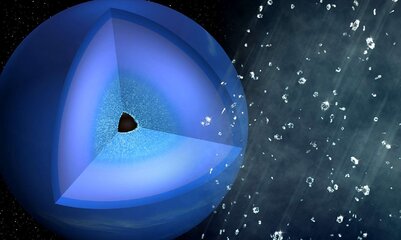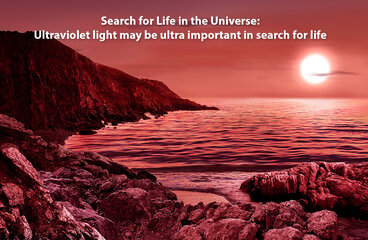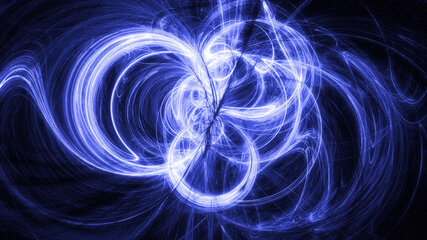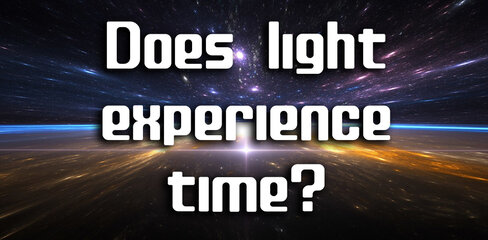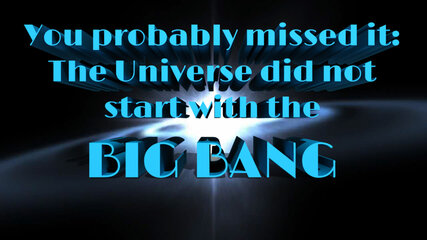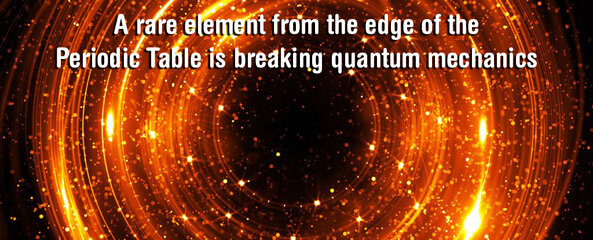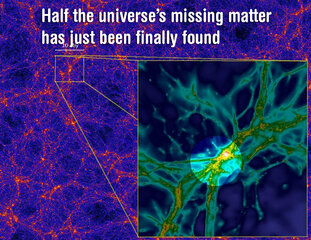- Messages
- 2,145
- Reaction score
- 5
- Points
- 28
- Thread Starter
- #161
Diamonds Fall from the Sky Outside Earth
IN THE marketplaces of planet Earth, diamonds are both desirable and scarce, and that makes them expensive. Both the demand and the rarity are, however, largely artificial. Diamonds were made desirable in the 20th century mainly by a marketing campaign from De Beers, a big South African producer of the stones. The scarcity was, until recently, a result of the same company—which at one point controlled about 90% of the world’s production—ensuring that the number of stones which found their way into the world’s jewellery shops was well regulated.
In nature, though, diamonds are unremarkable. They are simply crystals of carbon, albeit crystals of a type that needs a fair amount of pressure to form. And carbon is the fourth-most abundant element in the universe. For that reason, diamonds are thought to be the commonest gemstones on Earth. Elsewhere in the cosmos, as demonstrated in a paper just published in Nature Astronomy, they are probably available in embarrassing abundance.
Dominik Kraus, a physicist at the Helmholtz Centre in Dresden, and his colleagues, are interested in ice-giant planets, such as Uranus (pictured) and Neptune. Unlike gas giants (Jupiter and Saturn being local examples), which are made mostly of hydrogen and helium, ice giants are rich in comparatively heavy elements such as oxygen, nitrogen and, crucially, carbon. That carbon is locked up in compounds, mostly hydrocarbons such as methane, ethane and the like.
Ice giants, as the name suggests, are also big. This means that, in the depths of their thick atmospheres, temperatures are high enough to split those hydrocarbons into hydrogen and carbon, and pressures are sufficient to compress the carbon into diamonds. The consequence, 10,000km or so beneath the top of the atmosphere, is a constant rain of diamonds. Those diamonds sink towards the planet’s core, encrusting it in a thick layer of gem stones.
That, at least, is the prediction. Testing it is tricky. Previous attempts, using anvils to compress hydrocarbons and lasers to heat them, have hinted that theory may, with a few tweaks, match reality. But Dr Kraus’s paper is definitive. He and his colleagues put tiny samples of polystyrene—which, like methane, is made of carbon and hydrogen—in front of a giant X-ray laser at the National Accelerator Laboratory, near Stanford University in California, in order to squeeze and heat it at the same time.
The results confirmed what researchers had long suspected. Diamonds do indeed form in such conditions, although the pressure required is a bit higher than previously thought. And Dr Kraus’s research will be of interest to more than just gem-cutters of the distant future looking for new sources of supply. Knowing the temperature and pressure at which parts of an ice giant’s atmosphere start to decompose into their elementary constituents can help astronomers fix the relationship between the radius and mass of such planets. That is useful, for these days scientists are interested in planets outside the solar system as well as those within it. For such bodies, mass and radius are often the only data available. Knowing how they relate will help astronomers catalogue just how many more diamond-encrusted planets are lurking out there in the cosmos.
SOURCE
Diamonds are rare on Earth.
Elsewhere, they fall from the sky
A hard rain descends on Uranus and Neptune

Elsewhere, they fall from the sky
A hard rain descends on Uranus and Neptune
IN THE marketplaces of planet Earth, diamonds are both desirable and scarce, and that makes them expensive. Both the demand and the rarity are, however, largely artificial. Diamonds were made desirable in the 20th century mainly by a marketing campaign from De Beers, a big South African producer of the stones. The scarcity was, until recently, a result of the same company—which at one point controlled about 90% of the world’s production—ensuring that the number of stones which found their way into the world’s jewellery shops was well regulated.
In nature, though, diamonds are unremarkable. They are simply crystals of carbon, albeit crystals of a type that needs a fair amount of pressure to form. And carbon is the fourth-most abundant element in the universe. For that reason, diamonds are thought to be the commonest gemstones on Earth. Elsewhere in the cosmos, as demonstrated in a paper just published in Nature Astronomy, they are probably available in embarrassing abundance.
Dominik Kraus, a physicist at the Helmholtz Centre in Dresden, and his colleagues, are interested in ice-giant planets, such as Uranus (pictured) and Neptune. Unlike gas giants (Jupiter and Saturn being local examples), which are made mostly of hydrogen and helium, ice giants are rich in comparatively heavy elements such as oxygen, nitrogen and, crucially, carbon. That carbon is locked up in compounds, mostly hydrocarbons such as methane, ethane and the like.
Ice giants, as the name suggests, are also big. This means that, in the depths of their thick atmospheres, temperatures are high enough to split those hydrocarbons into hydrogen and carbon, and pressures are sufficient to compress the carbon into diamonds. The consequence, 10,000km or so beneath the top of the atmosphere, is a constant rain of diamonds. Those diamonds sink towards the planet’s core, encrusting it in a thick layer of gem stones.
That, at least, is the prediction. Testing it is tricky. Previous attempts, using anvils to compress hydrocarbons and lasers to heat them, have hinted that theory may, with a few tweaks, match reality. But Dr Kraus’s paper is definitive. He and his colleagues put tiny samples of polystyrene—which, like methane, is made of carbon and hydrogen—in front of a giant X-ray laser at the National Accelerator Laboratory, near Stanford University in California, in order to squeeze and heat it at the same time.
The results confirmed what researchers had long suspected. Diamonds do indeed form in such conditions, although the pressure required is a bit higher than previously thought. And Dr Kraus’s research will be of interest to more than just gem-cutters of the distant future looking for new sources of supply. Knowing the temperature and pressure at which parts of an ice giant’s atmosphere start to decompose into their elementary constituents can help astronomers fix the relationship between the radius and mass of such planets. That is useful, for these days scientists are interested in planets outside the solar system as well as those within it. For such bodies, mass and radius are often the only data available. Knowing how they relate will help astronomers catalogue just how many more diamond-encrusted planets are lurking out there in the cosmos.
SOURCE

